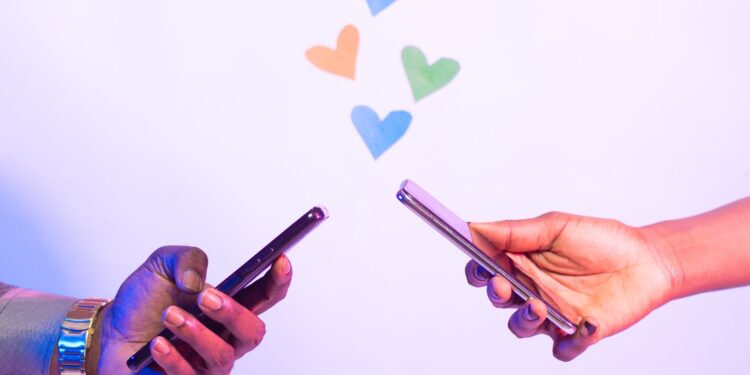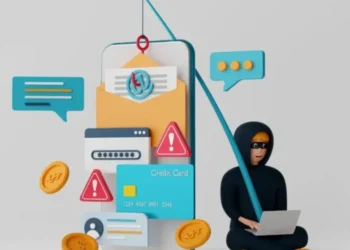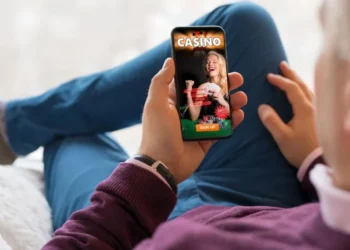The landscape of love has undergone an incredible transformation with the advent of the digital age. Gone are the days of romantic whispers and handwritten letters that expressed deep longing. Instead, we find ourselves in an era dominated by swipes, likes, and instant messages.
This profound shift in how we connect and communicate has reshaped the dynamics of relationships and redefined how we express love in the 21st century.
With the emergence of multiple online dating platforms, the concept of love has expanded beyond geographical boundaries, enabling people to connect with potential partners from all corners of the globe. The rapid exchange of messages and the ability to share intimate moments through video calls have brought excitement and challenges to modern-day romance.
As we navigate this digital landscape of love, we are compelled to find new ways to express affection and create meaningful connections in a simultaneously more connected yet often emotionally disconnected world. It is a complex tapestry of emotions, where technology intertwines with matters of the heart, and love continues evolving in fascinating and unexpected ways.
Embracing The Digital Romance
Technology plays a critical part in shaping romantic relationships. Online dating and social media platforms have revolutionized our approach to finding love. No longer do we rely solely on chance encounters or set-ups by friends. Instead, we enter a world of endless possibilities where love can be found with a few taps on a screen.

This shift has broadened our horizons, enabling us to connect with individuals we might never have crossed paths with daily.
Facets of communication have also been transformed by technology. Emojis, GIFs, and video calls have become integral to expressing affection and maintaining connections. They serve as digital substitutes for physical presence, enabling couples to share moments, convey emotions, and create memories, regardless of distance.
The Flip Side Of Digital Love
However, the digital age of love has its challenges. In this era of technology, where connections are made through screens and messages, relationships can sometimes feel transient and lacking in genuine connection. The lack of physical presence and the reliance on digital communication can create a sense of superficiality.
One of the downsides of digital communication is the limited ability to convey emotions accurately. Miscommunication can quickly occur without the context of tone, facial expressions, and body language. A simple message can be interpreted in various ways, leading to misunderstandings and conflicts.
The paradox of choice adds another layer of complexity to modern relationships. Committing and fidelity can become increasingly challenging with countless dating options available at our fingertips. The fear of missing out and the constant search for the next best thing can hinder the ability to invest in a relationship entirely.
Technology has fueled the phenomenon of “ghosting,” where one party abruptly ends communication without any explanation. The ease of blocking or unfollowing someone on social media platforms allows for a clean break without confrontation or closure, further exacerbating the challenges of maintaining meaningful connections.
These relationship challenges highlight the importance of finding a balance in the digital age of love. While technology offers convenience and opportunities to connect, it is crucial to prioritize genuine connection and strive for open communication to build enduring and fulfilling relationships.
Navigating Love In The Digital Age
Despite its challenges, there is no denying that technology has brought immense convenience and efficiency to our love lives. However, as with any aspect of life, balance and boundaries are crucial when navigating relationships in the digital age.
Communication remains vital, regardless of the medium used. Establishing clear expectations and boundaries can help avoid misunderstandings or hurt feelings. Making time for face-to-face interactions is also essential, as physical presence and touch remain critical elements in fostering emotional intimacy.

Another aspect to consider is the impact of social media on relationships. The nature of social media feeds creates unrealistic expectations and comparisons, leading to dissatisfaction with one’s relationship. Disconnecting from social media and focusing on the present moment with a partner can help nurture a more profound sense of connection.
Exploring intimacy beyond technology is also crucial. While digital communication can facilitate initial connections, it should not be a substitute for genuine physical intimacy. Couples must make time for in-person interactions and shared experiences to build a meaningful connection. Experiment with role-playing or incorporating bondage sex toys to spice things up in the bedroom.
The Future Of Love And Technology
As we continue to embrace technology, its influence on relationships will grow. Artificial intelligence and virtual reality advancements may bring new ways of connecting and expressing love.
Remembering that technology will never replace the depth and complexity of human emotions is vital. While it may facilitate connections, it is ultimately up to individuals to nurture and maintain healthy relationships.
The Bottom Line
Love in the digital age has pros and cons, just like any other aspect of modern life. Technology’s convenience and efficiency have undoubtedly made finding love easier, but we must also be aware of its potential pitfalls. By establishing boundaries, prioritizing face-to-face communication, and disconnecting from technology when necessary, we can cultivate meaningful and fulfilling relationships in the tech-driven world we live in today. Let us embrace the digital age while keeping our hearts open to the love that transcends screens and algorithms.














